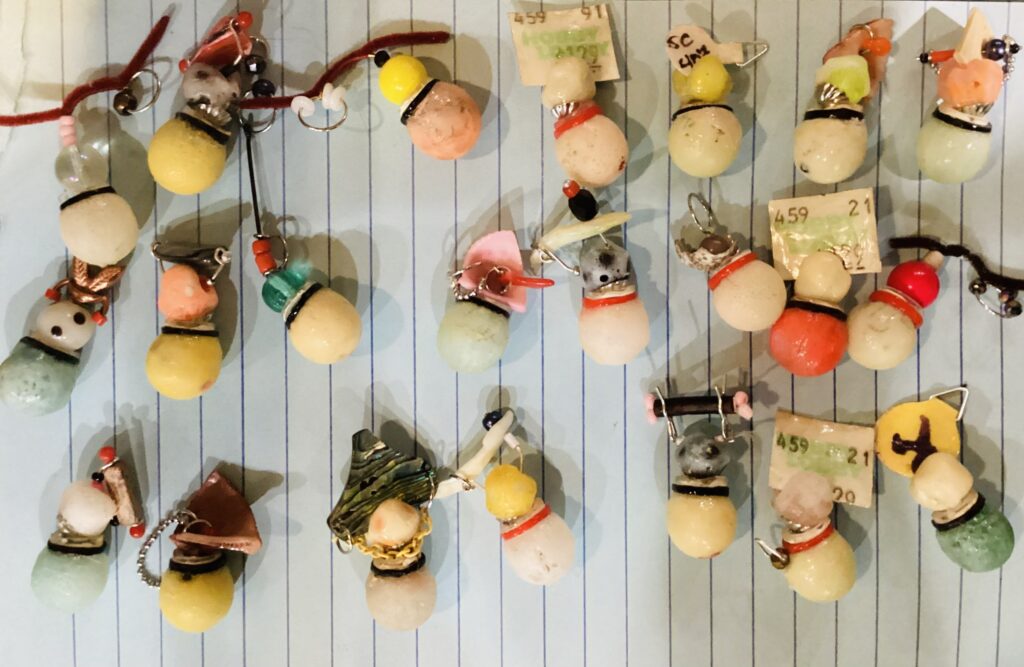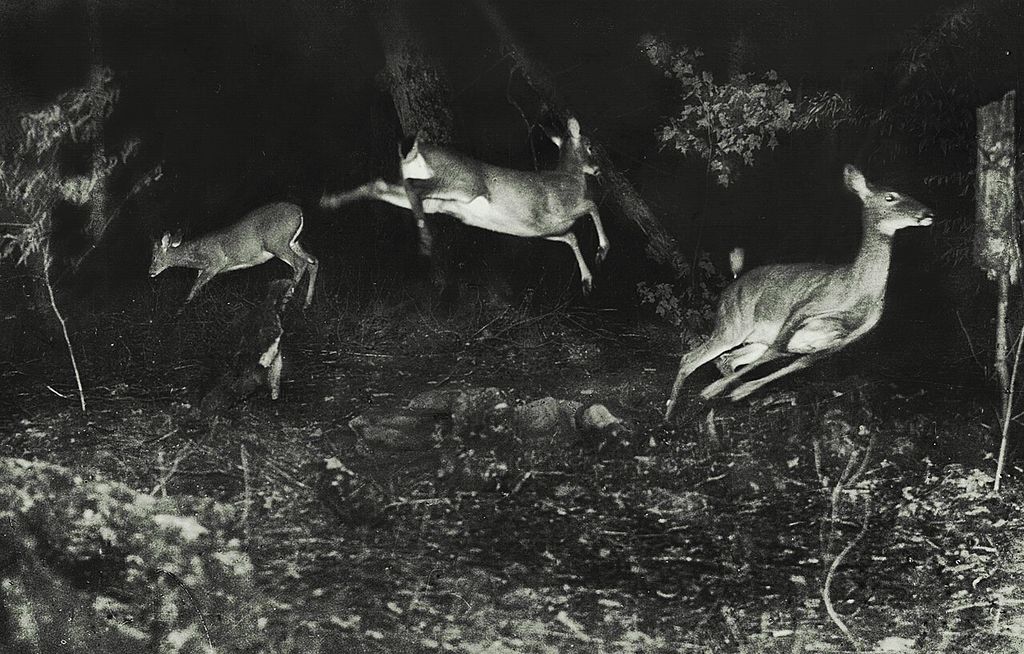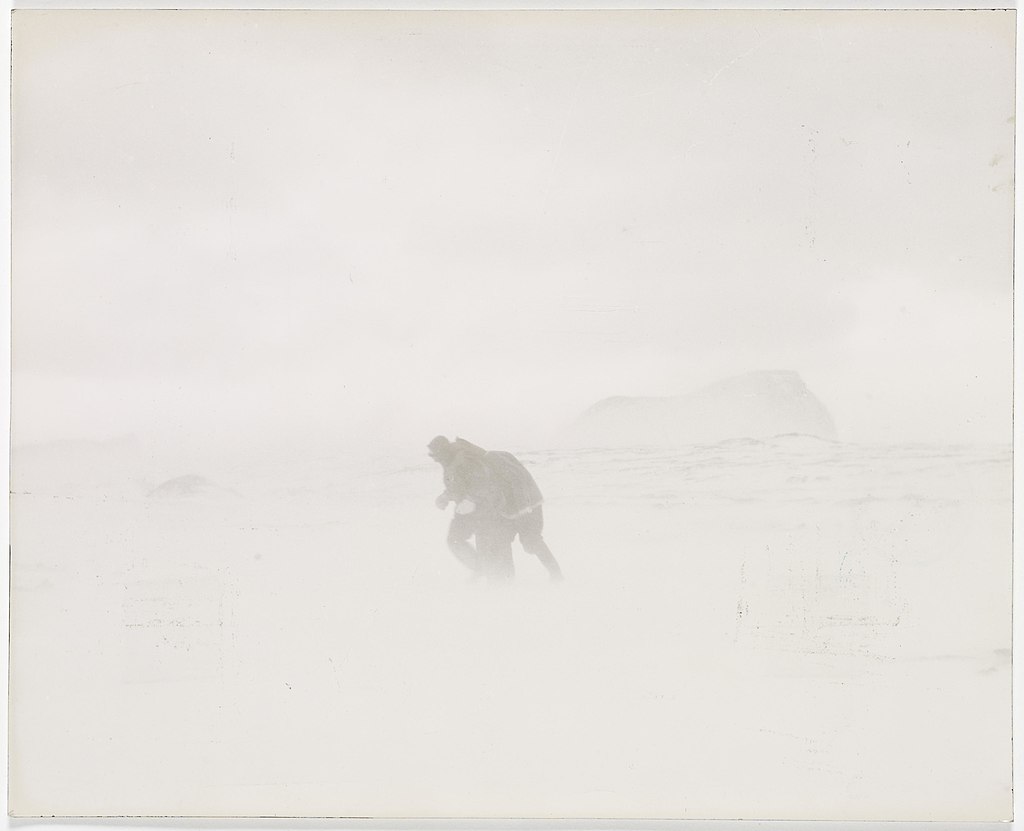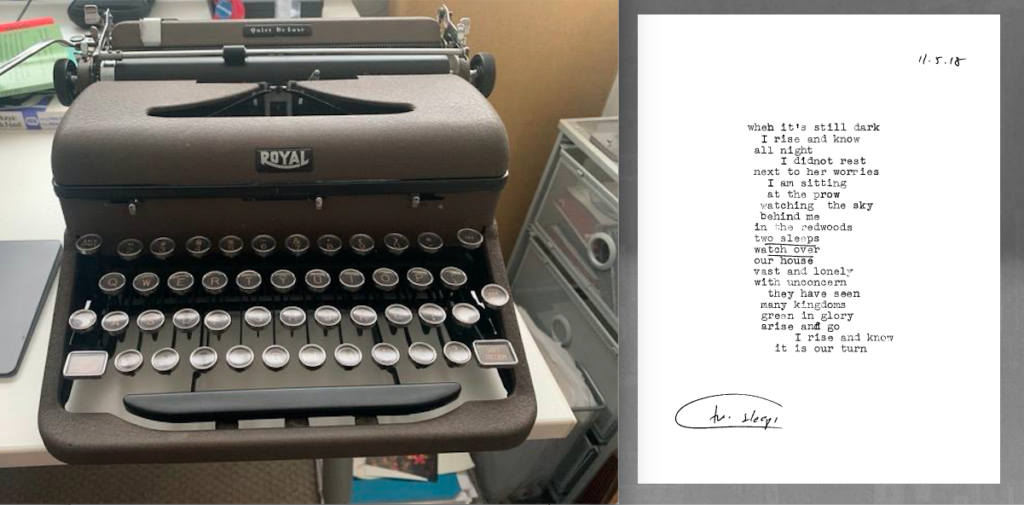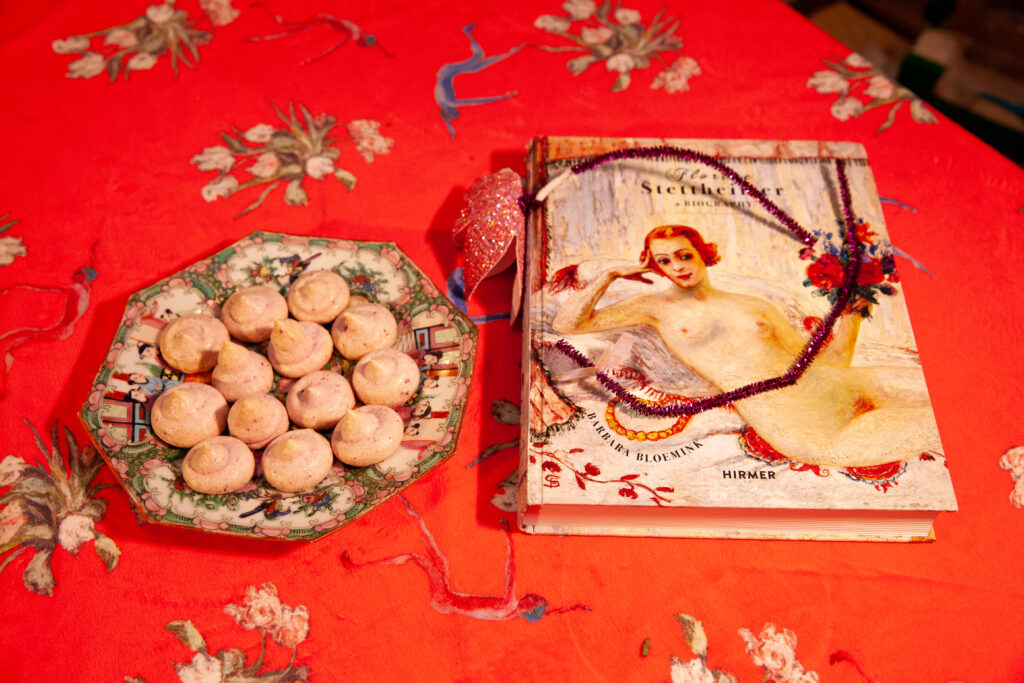You must first internalize that it’s just not that big of a deal. People have different tastes; if someone doesn’t like the book you recommended, so what! Maybe they have bad taste. Maybe it’s not a reflection of you and everything you thought you believed about yourself, like that you have good taste in books and interesting opinions on literature and a thoughtful way of imagining what other people might enjoy. Maybe, it, um, says more about them than you? Or maybe it means you have just ruined a lifelong friendship and not only will this person never trust your opinion on literature again but they will probably never trust YOU again and they might even un-invite you to be a bridesmaid in their wedding which would not only be extremely embarrassing because you’re already on the wedding website but you would have to try and return that custom $300 dress.
Ok deep breaths, deep breaths are good, that was just the overthinking getting in your way of confidently recommending a good book to a good friend. Probably your friend will like it. If they don’t, probably they won’t even remember that you recommended it. Probably they will forget all about it. Unless…there is that scene in the third chapter that involves a cat getting stuck in a tree and your friend’s childhood cat did die four years ago. Oh my god, how could you have possibly been so insensitive? Your friend probably hates you now. Great. How many hours did you waste driving to visit her during college??? Maybe you would have passed intro to Spanish, except that she was having such a hard time freshman year and you wanted to be there to support her. And now that was all a waste because you didn’t even think through the potentially sensitive content in the book you recommended.
Whew, that was a big one. Let’s acknowledge those bad thoughts and move on.
So, what I wanted to address in this piece is that there is no need to overthink your book recommendations. Say this three times in the mirror: “I have good taste in books. I am a confident reader and I can live with it if someone doesn’t like the book I recommended.” Would it even be your fault if someone didn’t like the book you recommended? Maybe they just didn’t get it. Oh my god, what if they don’t understand that it’s satire and think the book you recommended is misogynist. You might want to text Fred and find out if he gets that the book is satirical. If he misses that, it could be a real disaster. He must think you are a total idiot and completely clueless. “Why would she recommend a book by an author who clearly despises other women???” Oh wow, you really didn’t think this through. You just thought the humor and social commentary was so biting, but maybe if he doesn’t get it, he’ll think you didn’t get it in the opposite way? And then he’ll be all, “didn’t she major in English lit? Why would she recommend this dreck?”
Okay, so that kind of thinking is exactly what you’re trying to avoid (but just FYI, you did text Fred and he does get the satire. Thank god!). Something that could be helpful if you tend to overthink is to have a set list of go-to recommendations. Books that have received critical acclaim and that you also enjoyed, so you have not only your own opinion but the critics to back you up as well. Although, what if then people think that you can’t think for yourself and you’re only recommending books that they could go find in the New York Times Book Review? That would be kind of embarrassing as someone whose “thing” is books. And what if you have this go-to list and you accidentally recommend the same book to the same person twice? They would probably be all like “what, has she only read three books? Why am I taking advice from someone who clearly barely reads herself?” That would also suck. That could really negatively impact the way people see you — they might think that you are just a bland follower, not confident in your own opinions and therefore not confident enough to deliver a speech at their wedding…
Copyright
© Book Riot













